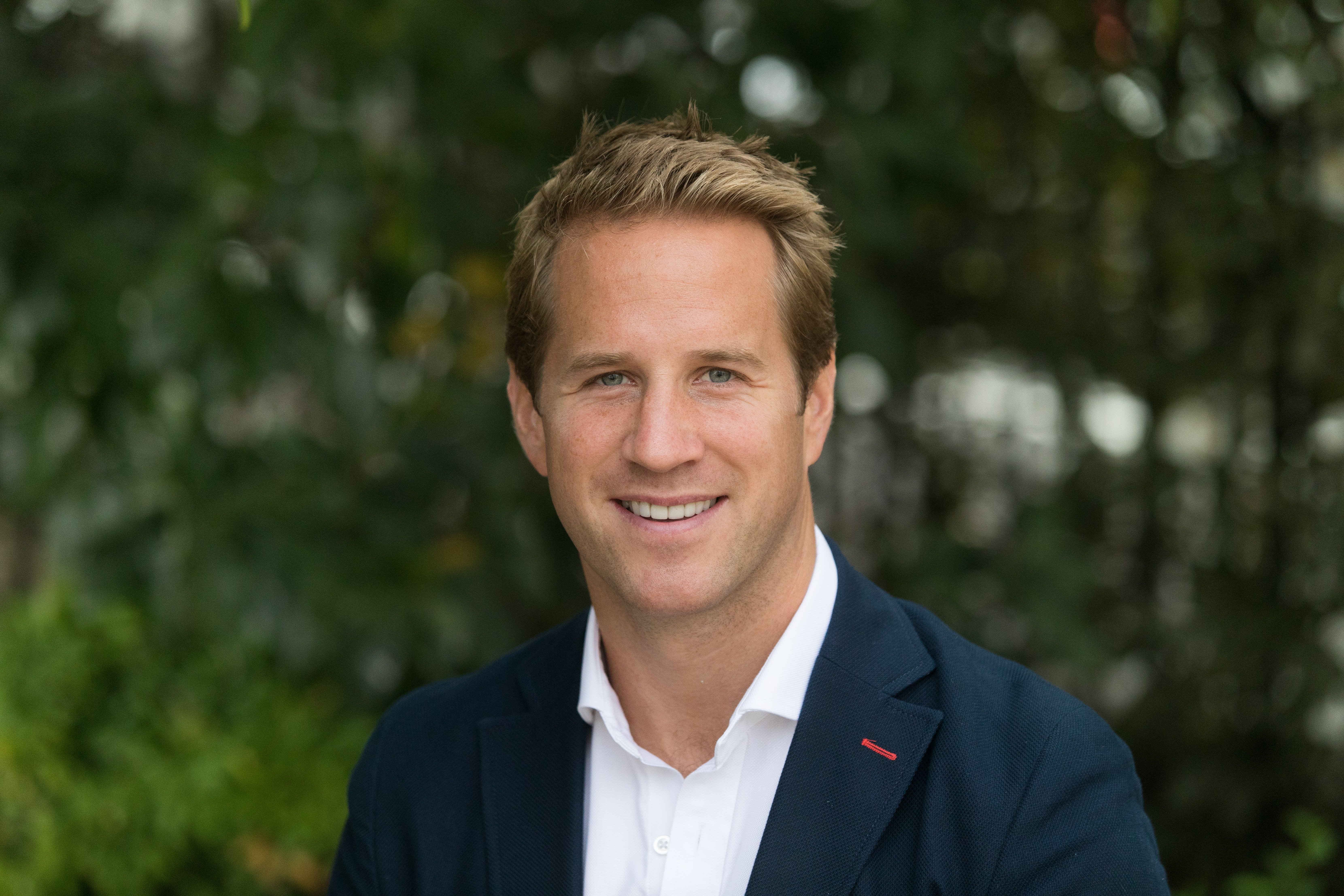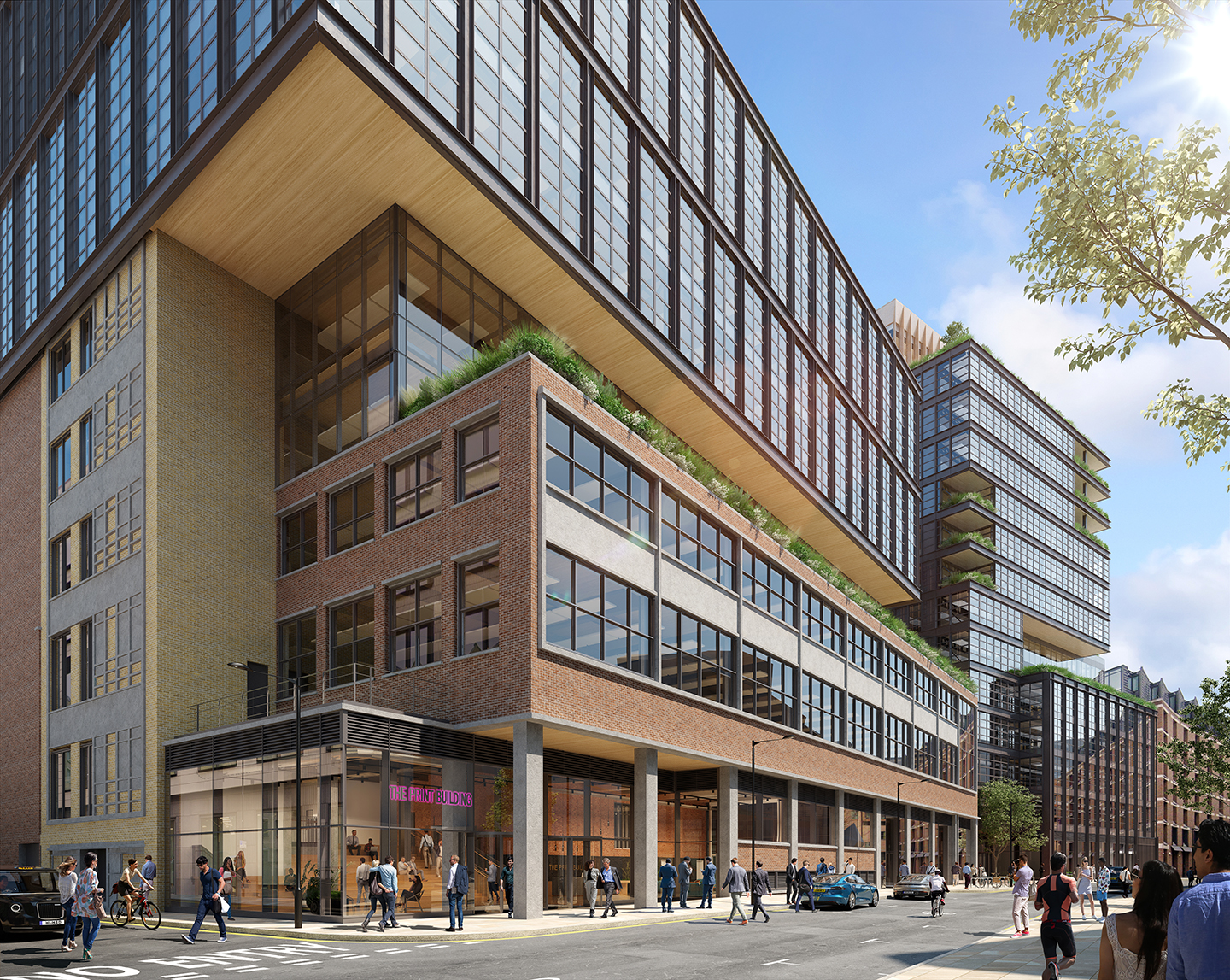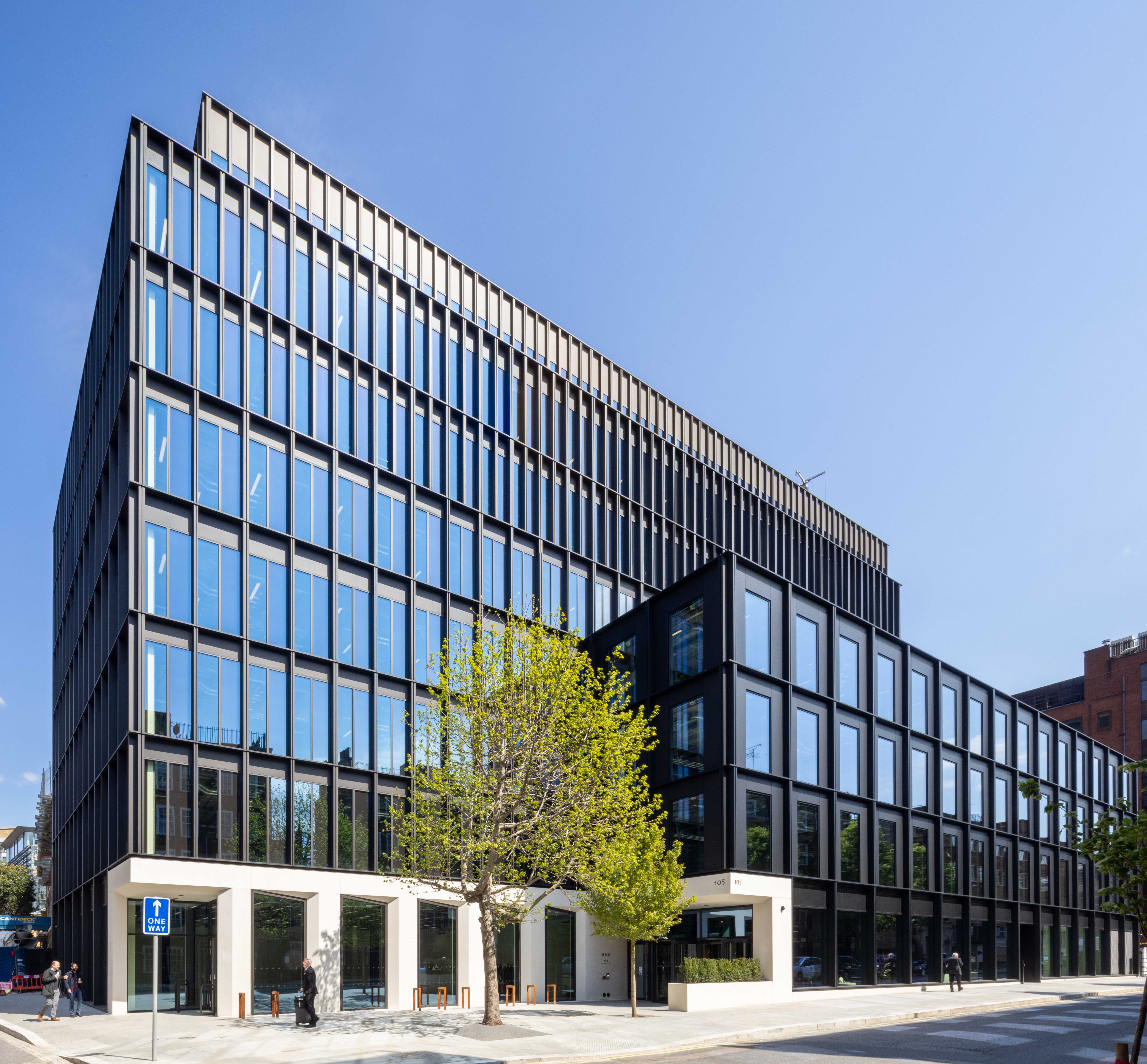Can you tell us a bit about your current role, career so far and what gets you out of bed in the morning?
Harry: After a false start studying Architecture for one year at University, I began my career on the commercial graduate scheme at Knight Frank after studying Real Estate Management at Oxford Brookes. A brief stint at PWC followed, before moving to Landsec, where I’m currently Leasing Director for Workplace. My role involves helping to design, market, and lease our 1.5 million sq ft central London workspace development pipeline. What truly motivates me each day are the exciting development schemes we are designing and building, which will one day become home to tens of thousands of office consumers!

Landsec has just celebrated its 80th anniversary. How do you think the business has helped shape the UK’s real estate industry?
Harry: Landsec was listed on the London Stock Exchange in 1955, and we're one of only 28 out of the original 100 companies that have stayed in the FTSE 100 since it was created in 1984. I’ve been at Landsec 10 years, so I've only been there a fraction of the time it has been operating. However, the business has a proud history of leading the way in modern office construction. My predecessors built iconic London schemes such as BBC Broadcasting House and 20 Fenchurch Street.
Landsec founder, Lord Samuel, is widely credited with having come up with the phrase ‘Location, location, location’. Fast forward many decades later, the phrase is probably even more relevant today, with many businesses seeing location as the most important factor in the office search, as they seek to ‘earn’ their workforce’s commute.
Landsec is built on shaping places that stand the test of time. When consumer behaviours are changing so fast, how do you build flexibility and adaptability into your leasing strategies to stay ahead of those shifts?
Harry: Real estate, by its very nature, is a cumbersome asset class! Buildings are inherently tricky to adapt. At Landsec, we invest a large amount of time in researching and capturing customer and consumer insights which we think positions us to move quickly and adapt. As a long term holder of assets, we’re not afraid to reinvest in our buildings and our places to ensure we’re delivering spaces people want to return to.
Sustainability is at the heart of Landsec’s mission. How does that shape leasing decisions — from tenant fit to long-term placemaking goals?
Harry: I’m proud of the leaps Landsec has made in the ESG space. We were the first real estate company in the world to set science based carbon reduction targets, in 2016, and since then, we’ve been leading the way in green office construction, and decarbonisation of our existing office portfolio.
Building lean and reducing material wastage is a fundamental tenet at Landsec. We often take difficult design decisions through this lens, but we have to marry this up with what our prospective end users will demand. In our current development cycle, we’ve moved away from delivering space to Cat A (typically preferred by agents) because it often results in large amounts of material being thrown in the skip during tenant fit-out.

Timber Square, image supplied by Landsec
Partnership is a recurring theme at Landsec – from developer collaborations to retail brand relationships. How are these partnerships evolving, and what does great collaboration look like to you?
Harry: In its simplest form, we provide physical spaces for our office customers, retail brands, and their consumers. However, we offer a much broader platform that delivers significantly more value than a typical passive asset management model, driven by a laser focus on long-term partnership.
For instance, we manage our office buildings in-house, allowing us to collaborate closely with our customers. This ensures they benefit from the expertise and consistency of an in-house team who knows their building far better than any external property manager ever could.
Additionally, we work on reducing our customers' energy consumption through a program of deep dive energy reviews. While this helps us meet our stringent ESG targets, it also results in lower energy bills for our customers and greatly enhances their own ESG reporting.
If you had to define the future of leasing in three words, what would they be and why?
Harry:
- Flexible: The modern workforce demands adaptable workspaces that can accommodate various working styles and needs. This includes flexible lease terms, adaptable office layouts, and the integration of remote work options. Flexibility allows businesses to scale up or down as needed, making it easier to respond to market changes and employee preferences. At Landsec, we're perfectly placed to provide a range of creative lease structures across our workplace product stable.
- Sustainable: Despite recent macro trends moving away from sustainability, Landsec are committed to doing right by the environment and the communities we operate in. The majority of companies looking at our workplaces, are looking for buildings that meet high environmental standards, such as energy efficiency, reduced carbon footprints, and sustainable materials.
- Collaborative: The future of workplace design is highly collaborative, with a focus on creating spaces that foster innovation, teamwork, and community. Progressive office spaces are designed to encourage interaction and collaboration among employees, with open layouts, shared amenities, and technology that supports seamless communication.
If you could fast-forward 25 years, what would you hope to see as Landsec’s biggest impact on the industry?
Harry: I envisage Landsec continuing to lead the way in innovative building design and construction, as exemplified by our DfMA construction at The Forge and our hybrid CLT construction at Timber Square. Landsec will continue to share our knowledge and lessons learned to pave the way for industry-wide improvements in design and construction.

The Forge, image provided by Landsec
